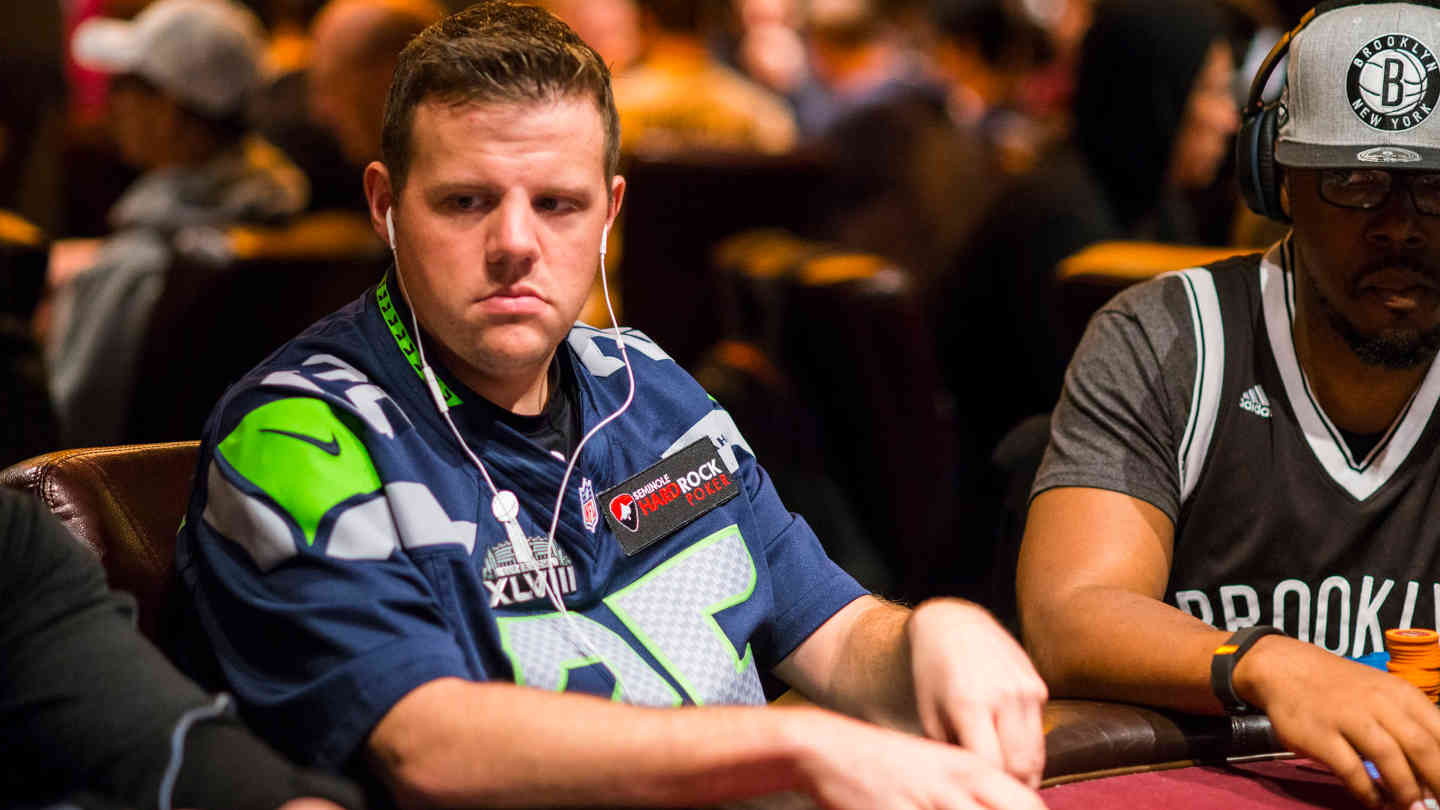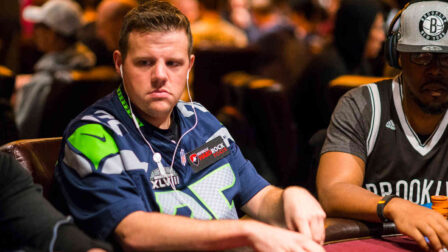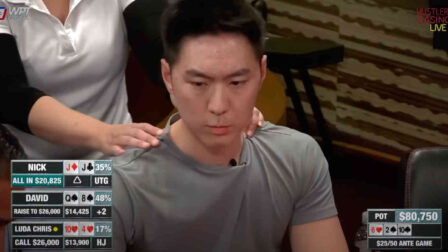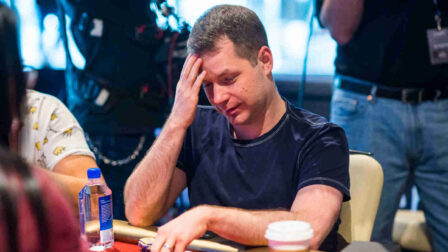Set Mining in Poker – What You Should Know About Chasing Sets
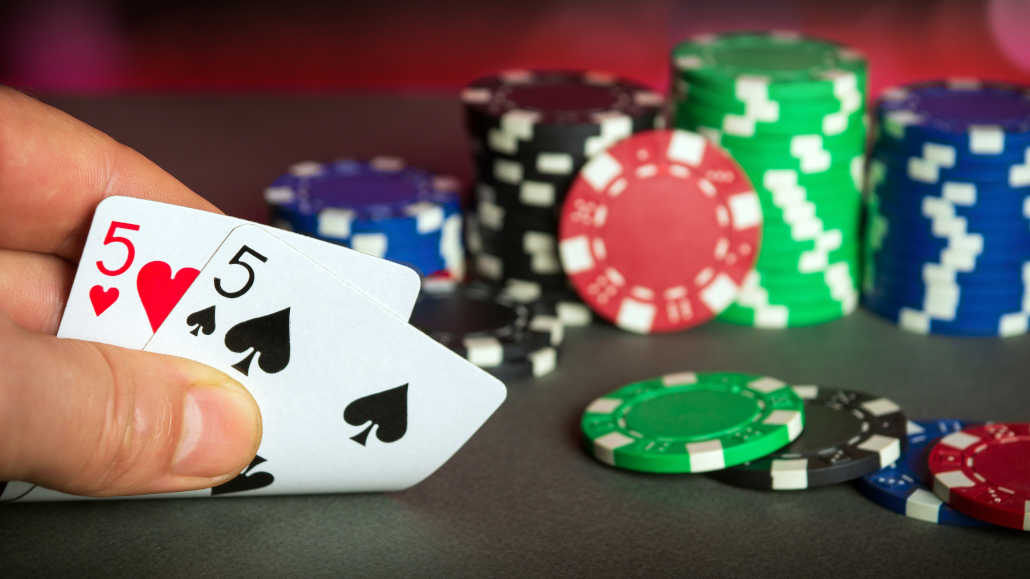
9 minutes
Last Updated: February 1, 2022
Few things in poker will bring you the kind of rush of flopping a set in a multi-way No-Limit Hold’em hand, especially on uncoordinated boards.
Sets are incredibly hard to come by in Texas Hold’em, and they are some of the strongest hands out there that often win the biggest pots of any given night.
Sets also have a tendency to turn into full houses, which gives them even more strength and playability.
However, to get a set, we must first be dealt a pair and see a flop. In this article, I want to talk about the concept of set mining in poker. You'll learn how to do it profitably instead of throwing your money away in a mindless pursuit of sets.
I will discuss when going after sets is profitable and why it’s not such a great idea in some scenarios in both tournament and cash game poker.
But before we go into all that, let’s talk about what set mining is in the first place.
What Is Set Mining in Poker?
Any three of a kind that is made up of a pocket pair and one card on the board is commonly known as a set among players.
Sets and trips (three of a kind with two cards on the board) have the same value at showdown. However, sets are more disguised and usually easier to get paid with.
In Texas Hold’em, you will not see a set every few poker hands, and you may go a whole session without ever having a set.
For that reason, it's important to use the ones you do get and to know when it's just not a good idea to try and make one.

Set mining is the term used for calling raises with the sole intention of making a set on the flop. Usually, the plan is to give the hand if your money card doesn't hit.
Some players, especially novices, tend to always play all pairs but the highest ones with the intention of set mining.
They will rarely re-raise with hands like 88 or 99 and usually give up with pocket pairs if they don't make a set.
Over the long run, this kind of strategy can be extremely unprofitable. This is especially true in the more aggressive games out there. So, let’s talk about when it’s a good idea to set mine and why.
When Should You Set Mine?
Sets make for very powerful holdings in Hold’em, but they are not unbeatable. Small sets, in particular, have a chance to lose to bigger sets, straights, and flushes, and even turning them into a full house usually doesn't give you the nuts.
The first thing we should keep in mind is that set mining only makes sense if the stacks are quite deep so that we have the right implied odds to decide for such a play.
There are a few other criteria that we should look at as well. Here are all the things you should consider when thinking about set mining in a hand of poker.
Have the Right Immediate Odds
While immediate odds are not the main point of set mining, you should make sure you are getting at least reasonable straight-u pot odds to go set mining.
This is a concept that mainly has to do with unnaturally sized raises in live poker games, where players will sometimes open for 10x or 20x the big blind.
In such a situation, you will usually be best off making a re-raise with a bigger pocket pair if you consider the opponent's range to be wide.
Otherwise, simply throw your hand away if you think they are tight.
In most games, however, a regular raise will give you the right odds to go set mining in terms of the sheer equity your hand has against your opponent’s opening range.
Have the Right Implied Odds
Much more important than immediate odds when it comes to set mining are the implied odds. Since we are playing to win money when we make a set, we want to make sure there is a lot of money left behind after the initial raises.
In poker tournaments, even a regular raise might put us into a situation where the implied odds simply aren’t good enough. In cash games, this more usually happens in 3-bet or 4-bet pots.
The most basic rule to adhere to is that the effective stack should be about 20 times bigger than the current raise size.
For example, if you are playing in your $2/5 live game and a player raises to $30, you should make sure that you both have $600 in front of you to make a call.
If the pot was opened for $20 by you and someone re-raised you for $75, you should now only call if there is at least $1,500 in front of you both.
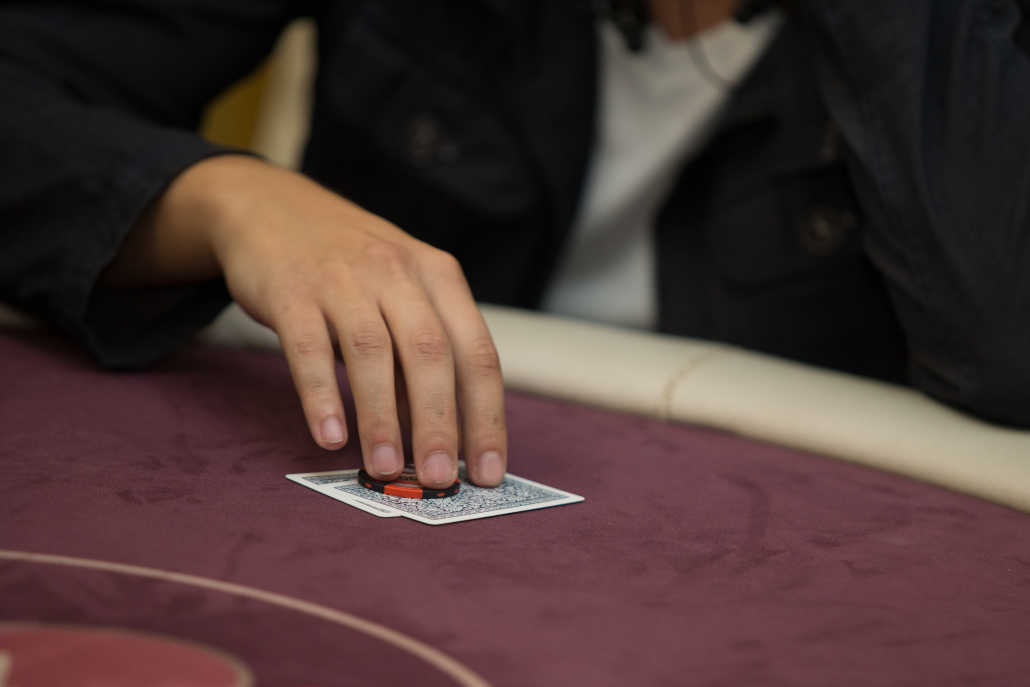
These numbers can shift in cases when you are playing against opponents who are very likely to give you more money on other streets, like wild maniacs in live cash games.
In such cases, having 15x the raise size in your stack can be enough to set mine.
On the other hand, playing against nits in online cash games or button stealers in tournaments means you will need more money behind, as you will only get paid big in cooler scenarios.
You may want to have 30x the raise size in your stack if playing against a player with a wide range, or even 40x the raise size when set mining against a nit.
In either case, it is important to think about your implied odds and what it is you stand to win if you do make a set. Set mining against short stacks is simply never a good strategy to employ.
Set Mine Against Strong Ranges
In most situations in poker, you don’t want to be up against pocket aces or pocket kings. When you are set mining, however, this is exactly what you want.
Your opponent having a strong opening hand means you will get paid in most cases when you make a set. This situation makes it more profitable to set mine.
For instance, imagine you called a UTG raise against a fairly tight player with 44. The board runs out Ts 8h 4d.
If your opponent has AA or KK, they are very likely to pay you off big, possibly even giving you their entire stack of 100bbs or more.
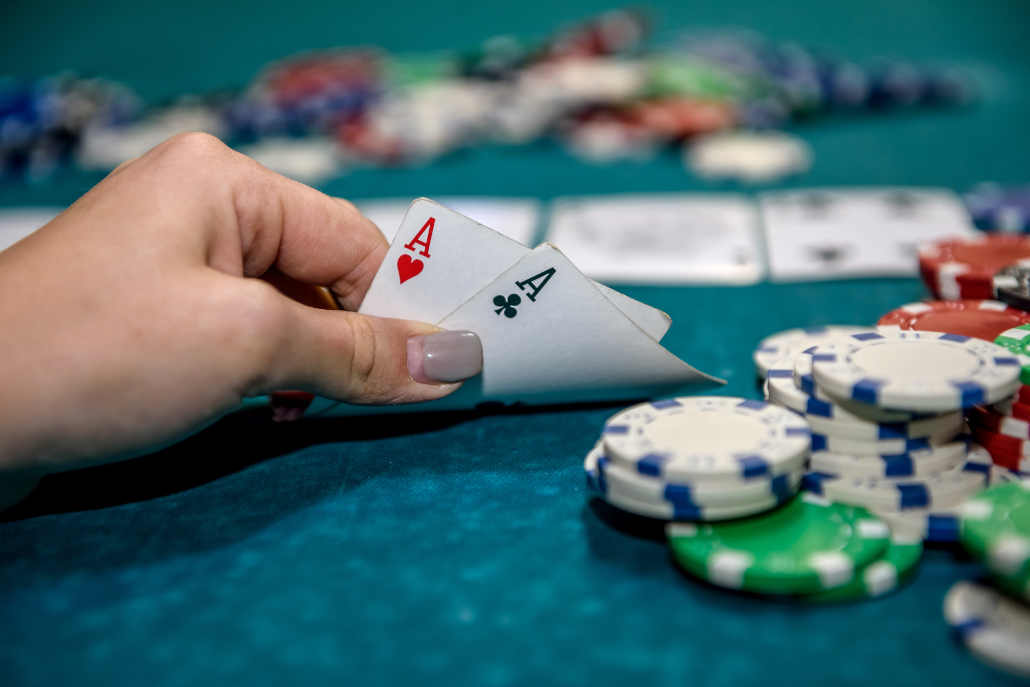
Early position openers tend to have stronger opening ranges. This means you should be more inclined to set mine against them than late position raises with wider opening ranges.
For example, imagine you had the same set of fours on the Ts 8h 4d board against a button opener.
In this case, a massive chunk of their range has complete air and will be forced to give the hand up when you turn up the aggression.
This is why you should be more inclined to set mine against tight and aggressive players. They have a strong opening range and will not shy away from stacking off with an overpair or strong top pair.
Consider Your Options
When players see pocket pairs that are not JJ+, they often go into calling mode by default, completely forgetting about any other options.
Re-raising can still be a very profitable play with a range of pocket pairs in many scenarios. For instance, in tournaments, pocket pairs can make for great 3-bet shoving hands against wide opening ranges.
On the other hand, there are also scenarios where folding a small pocket pair can be a good idea. If you have 22 in the small blind and a few players are already in the pot, giving the hand up can be the better play.
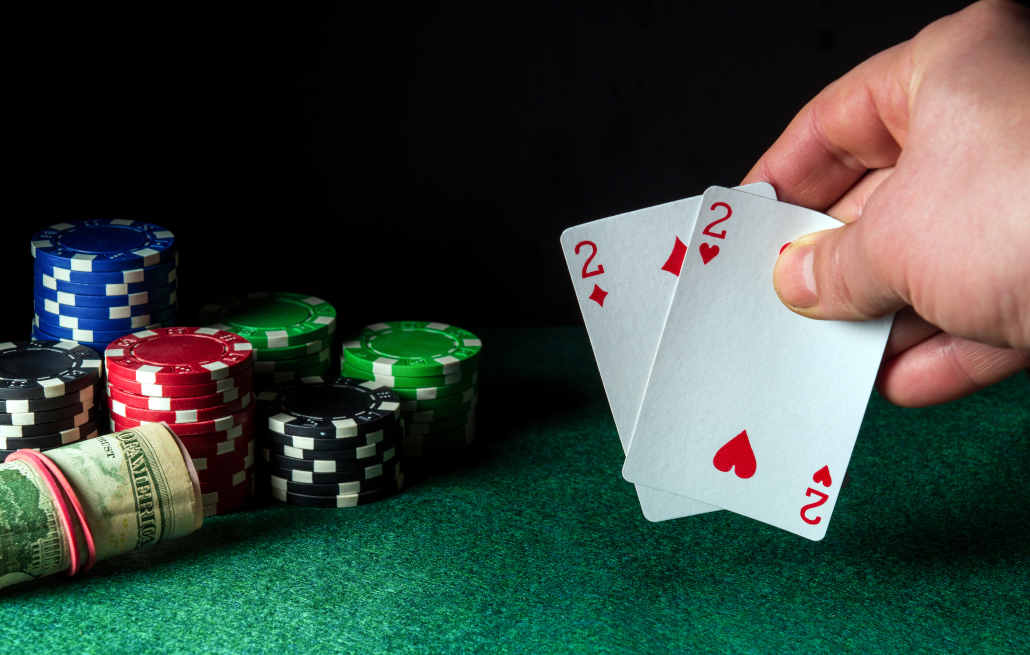
It's not only you will have to play first, making it harder to get paid on your potential set. You might still get squeezed out of the pot by the big blind.
Additionally, you may lose the hand by the river against one of the many opponents still in the hand, even if you do make a set.
You should always be careful at the poker table and consider all your options. Playing in patterns and always making the same play with a certain hand will make you predictable and easy to play against.
Try to Be In Position
While you can technically set mine profitably both in and out of position, doing so in position is a much better play.
Being in position is always better in poker. However, being in position when set mining will make a massive difference in terms of profitability.
When playing out of position with a pocket pair, you always give your opponent a chance to check back the flop after you inevitably check your flopped set.
If they do check the flop, you will automatically lose a ton of value.
The turn and river bets will likely not be enough to get you the whole stack you were hoping for.
Playing in position, you will get to see what your opponent does on the flop. If they do c-bet, you will be able to represent draws or single pair hands. You can just call and make them guess on the turn.
I would certainly not recommend set mining with the smallest of pairs in positions like the SB and BB. Button and cutoff are the best positions to go for the gold with any pocket pair if the other criteria are met.
How Likely Am I to Make a Set?
I already mentioned that sets are incredibly hard to come by in poker, and I meant it. The chances of flopping a set are about 7.5/1. This means you will only make your set on every seventh or eighth board on average.
In some cases, you may get to see the turn and/or the river card as well. This will improve your chances of making a set but also decrease the amount you get paid in total.
In most cases, however, you will be pushed out by your opponents on the flop if you haven’t made a set. Thus, you will be forced to give up the money you put into the pot without any reward.
What Happens When I Make My Set?
On those relatively rare occasions you do make a set, you will be in poker players' paradise. And guess what, you will still lose some time!
Poker is not about sitting around and waiting to make a set, which is why set mining is not a lesson learned in any high-end poker course.
If you set mine with your pocket pair, you should be willing to put in a lot of money with it on the flop, turn, and river. This is true even when some relatively bad cards hit the felt.
The only way to make set mining profitable is to get paid big with your sets. Thus, you should not be shy about putting your chips in once you do have a set.
In some cases, however, you will have to fold your set, especially if you are very deep stacked.
You should be thinking about this before you make that preflop call with a small pocket pair so as to avoid being on the wrong end of that set-over-set situation the next time.








